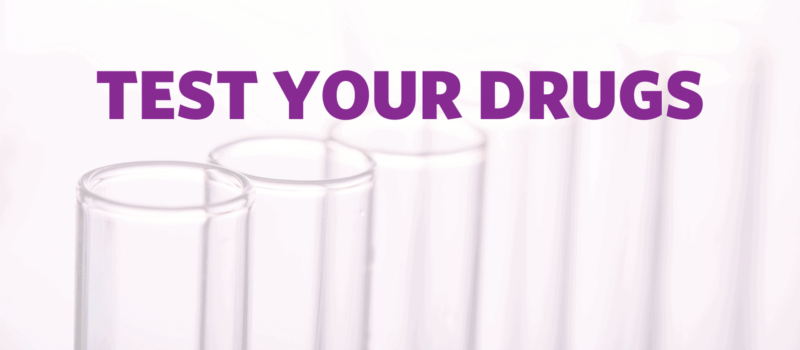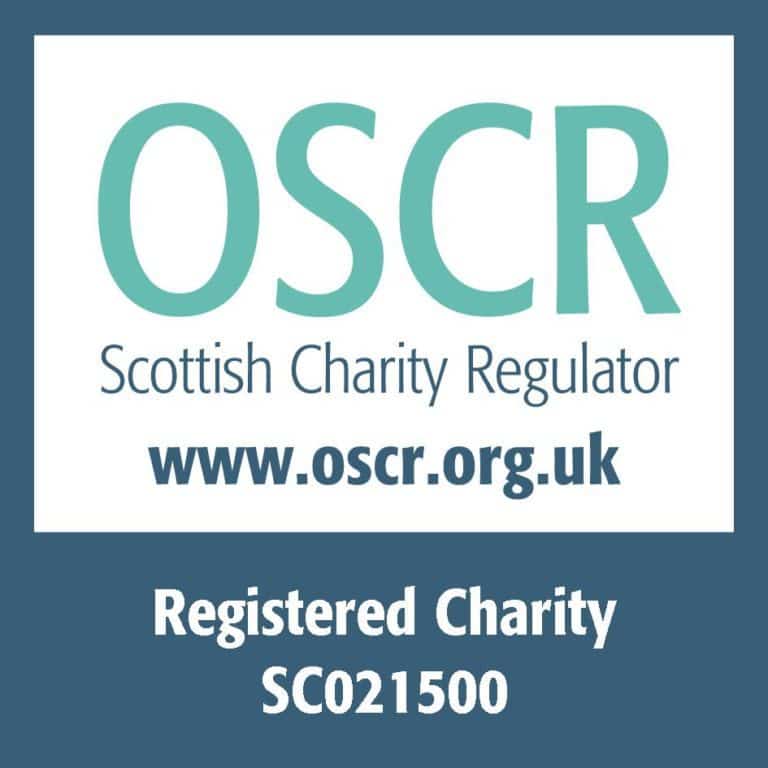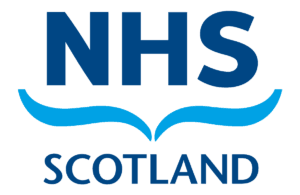This page explains the different options for gaining a better understanding of what your drugs might contain. The page covers drug testing kits and services that offer lab analysis of your drugs.
What is in my drugs?
The product you buy might not always be the drug that you expect. Drugs in circulation may be more potent than expected meaning you need less of them to feel the effects. They might also be more risky or be a mix of unexpected contents.
How can I test my drugs to find out what is in them?
There are a few different options including accessing a drug checking service, or using a reagent testing kit. Drug testing kits and drug checking services are harm reduction approaches to reduce the risk associated with drug use but do not completely remove the risk of taking drugs.
Drug testing kits
A drug testing kit is something anyone can use, often at home. It involves the use of chemical ‘reagents’ that change colour depending on which drug they are exposed to.
Usually a drug testing kit will include a range of reagents that produce different colour reactions when different drugs are present. They do not give as much information as lab analysis at a drug checking or testing service would.
Download our poster about drug testing kits.
Download our small postcard on drug testing kits which also has information about a discount code for ordering your own kit.
Reagent tests can identify a number of different drugs which will be listed in the instructions for the kit. Different reagents will turn different colours in the presence of different drugs and so more than one test kit should be used to gain the best understanding.
Test kits are mainly marketed to people hoping to test samples of MDMA, cocaine, ketamine or LSD. Home test kits aren’t as useful for testing benzodiazepine pills and many of the street benzos in circulation might contain a mixture of newer drugs – it is better to have any benzos that you have tested in a lab (more on how to do that below.)
Some adulterants (such as fentanyl) can be tested for using a fentanyl test strip rather than a reagent test.
The effectiveness of using a test kit depends on you following the instructions properly and also reading the results properly. There are lots of videos online about how to use test kits and understand the results. Your test kit should come with a full set of instructions.
Test kits contain reagents that can be used to help identify the contents of a sample of your drugs. They can’t tell you about purity or dose– e.g. you can’t use a home test kit to find out how many milligrams of MDMA is in your ecstasy tablet.
Reagents change colour depending on the drug they are exposed to. Two drugs can have the same colour change with one reagent but will give different colours with other reagents so it is always necessary to test with more than one reagent. E.g. the colour reaction for ibuprofen and heroin with the use of the Mandelin reagent is ‘brown’ but if you use the Marquis reagent the heroin sample would go red-purple and the ibuprofen would not change colour.
Test kits are used to rule IN the presence of a drug but cannot accurately rule OUT the presence of all possible adulterants (unexpected or unwanted substances).
The use of a test kit is a harm reduction strategy and does not remove the risk of tasking drugs completely. Even pure drugs can be dangerous.
Things that can make the results more reliable include:
- Following the instructions of the test kit as closely as possible.
- Testing in advance of when you plan to take the drug so that you are sober and not in a rush.
- Using more than one reagent to test the drugs e.g. cross checking with a reagent that turns a different colour in the presence of a drug.
- Performing the test on a white ceramic tray or plate to prevent the colour of the surface influencing the result or the material reacting with the reagent.
- Considering colour-blindness – are you the best person to read the result?
- Getting in touch with the manufacturer or Crew for any questions about a result.
To test your drugs you will need to order a test kit and read the instructions in detail before starting to test your drugs. The information below should not be used in place of the instructions provided in your kit but are a general guide to help you understand what to expect and how to prepare.
You will need:
- A drug testing kit.
- The instructions for the kit.
- A small sample of your drugs (ideally you will use two or three small samples).
- Protective gloves (e.g. nitrile gloves).
- A clean flat surface (e.g. a ceramic tile or old plate).
- A knife or similar to scrape a small sample off a pill or scissors to cut a blotter paper etc.
- Paper or similar to protect the table or desk below from any spills or staining.
- A container of water to discard the waste reagent and sample into.
- A well lit room.
To test your drugs you will need a small sample of the drugs. This might be around 10mg of powder or an amount smaller than your pinkie-nail; if you are testing an LSD tab you can cut diagonally to get around a quarter of the tab to use for testing; if testing a pill break the pill in half and scrape a small amount of powder from the middle.
Steps to testing:
- Wearing gloves, prepare a small sample of the drug that you want to test on to your, clean and dry, testing surface.
- Crush any powder down finely to increase the surface area.
- Following the instructions provided in the kit, decide which reagents you need to test your sample i.e. which combination of tests is going to give you the best idea of the contents of your sample.
- Apply a small amount of the liquid or solid granule reagent to the sample. If you have a solid-reagent test kit here are some instructions for using these.
- Filming the colour change reaction can help you determine the results.
- You are watching for the immediate colour change rather than looking at the colour after more than 120 seconds have passed. You should only consider the first colour change.
- Check the instructions that came with your kit to help you understand what the colour change is indicating.
- Repeat with another small sample of the drug and a different reagent to get the best picture of what your sample contains. Do not try to use a different reagent on the first sample – prepare a new sample.
- Rinse everything with warm water and then scrub thoroughly with soap.
- Drugs that have touched the test chemicals are destroyed (meaning no effects) and since the test chemicals are poisonous to consume, you cannot use sample and it should be safely disposed of.
- For best performance store your reagents safely in the fridge for next time.
It is important to wear gloves when handling your test kit as the reagents contained in them have corrosive properties and can cause chemical burns to the skin if not handled carefully. [In the event that you do spill some on your skin, rinse the affected area under clean, cold water immediately.]
Ceramic plates or tiles are the best surface to use to perform the test as these will not react with the reagents. They should be clean and dry for the best results. Having a container of water to dispose of the tested sample into is helpful as the water will neutralise the reagents allowing for safer disposal down the sink or toilet.
Remember that carrying out a reagent test does not guarantee the ‘safety’ of a drug and tells you nothing about purity or dose.
If you plan on taking the rest of the drug that you took the sample from then you should research the effects, risks and how to reduce any harm from that drug.
Got an unexpected result? Visit our Drugs A-Z to find out more about your results or speak to a member of our team.
Decided not to take the drugs? Safely dispose of them by flushing them down the toilet* or pouring them down the sink. Avoid putting baggies into public bins where possible.
(*if you have a larger quantity of drugs then mixing with bleach and leaving for two hours before disposing off down the toilet/sink destroys the drugs and stops them contaminating the sewage. Avoid using bleach in confined spaces and follow usual safety measures for handling bleach.)
Useful links
Remember that the drug testing kit cannot tell you about all the possible contents of the product that you have. If you get the results that you expect this does not mean that the drug you have is risk free.
- Spend at least 2 hours researching a drug you plan to take – know the effects, average dose and what to expect during and after the experience
- Avoid taking drugs alone and have a ‘sober’ friend around if possible
- Start with a test dose and wait at least two hours before taking any more
- Tell someone what you have taken, how much and when
- Plan your doses in advance – your perception of a dose once you are already high will not be accurate and use a watch or timer to keep track of how frequently you are dosing
Read more general harm reduction tips, research the drug you plan to take on our website, know what do do in an overdose and keep an eye on your use.
What other options are there to test my drugs?
UK Postal Testing Service:
The Welsh Emerging Drug & Identification of Novel Substances project (WEDINOS) offers a postal service allowing people to send samples of concern through the post to their labs in Wales. The sample is submitted anonymously along with a reference number and will be analysed by WEDINOS for free. The sample results will then be published, along with the reference number, on the WEDINOS website. People who submit samples will not be contacted directly. This means if you submit a sample to WEDINOS you will have to continue your own research about the drugs that have been identified in the sample to find out about their risks and harm reduction advice. WEDINOS do not post information about the dose so your result will not tell you how many milligrams of MDMA are contained in a pill for example.
Find out what is in YOUR drugs by using the FREE, ANONYMOUS postal service from WEDINOS to test your drugs. You don’t need to provide any personal details other than the first half of your postcode. Don’t have a fixed address? Use the Crew postcode – EH1.
How to submit a sample:
- Scan the QR code or visit WEDINOS.ORG.
- Click the ‘Sample Testing’ button.
- Select ‘Option 1’ to download and print off a sample form. Don’t have a printer? Ask your local service if they can print one off, or visit Crew’s Drop-in.
- Follow the instructions to generate a ‘reference code’. Keep a note of your reference code somewhere safe, as you will need it to get your results!
- Write the reference code at the top and complete all the details on the form. Forms that aren’t complete – e.g. don’t have a postcode, won’t be processed so you won’t get the results.
- Put the form in the envelope alongside a sample of the drug. Make sure the sample is in a leak proof container, like a baggie. Write the address on it clearly, stick a stamp on it and send it off to WEDINOS.
Post your sample to:
WEDINOS Project
Cardiff Toxicology Laboratories
4th Floor
Academic Centre
University Hospital Llandough
Penlan Road
Penarth
CF64 2XX
Getting your results
- Results will be posted online after a few days. Visit WEDINOS.ORG and click the ‘Sample Result Button’ and enter your reference code.
- Visit CREW.SCOT or speak to our staff to find out more about the drugs listed in your results.
- Decided not to take that drug? Safely dispose of the product by either flushing it down the toilet or sink. Avoid putting baggies into public bins etc. where possible.
- Let friends know if the sample contained unexpected results so they can take steps to reduce the harm of any drugs they plan to take. Encourage them to also use WEDINOS
Download our poster about using the WEDINOS service.
UK Testing Services:
The Loop’s regular drug checking service, the first in the UK, takes place every last Saturday of the month in Bristol. The Loop team, chemists and healthcare staff, complete drug testing in our mobile laboratory and provide harm reduction advice and consultations informed by the testing of submitted substances. Everyone is welcome to use the service and to drop-in to meet and speak with The Loop.
Other options:
- Energy Control in Spain offers an international testing service – this costs 70 Euros to submit a sample. Energy Control are specialists in the analysis of ‘novel psychoactive substances’ and so are great at identifying uncommon drugs and drugs that are newer on the market.
- Thin Layer Chromotography (TLC) Kits – Reagent Tests UK, Bunk Police (for those based in the US) ProTestKit.eu (for everyone outside the UK) offer TLC kits that you can use at home. This is a more detailed method of identifying the contents of your drugs but is more expensive and time consuming than reagent kit described above.
- Drug checking services – there are many drug checking services offered worldwide. You can find a directory of these by downloading the TripApp which offers a directory of international drug services and posts the results from many of the labs offering drug testing. A useful app to have if you are travelling.
What is drug checking?
Drug checking describes services that offer the opportunity for people who take drugs to have a sample of drugs forensically analysed and receive feedback on the results tailored to their knowledge and history of drug use.
There are many examples of drug checking services across the world including our friends at Energy Control in Spain, Safer Party in Switzerland and the Loop, an organisation that has held pop-up services at festivals and city centres across the UK since 2016.
Drug checking services are often accessed by people who do not attend traditional drug services or people who are not experiencing problematic use. It may be the first time someone has a formal conversation about their drug use and it is important that a non-judgemental and credible service is provided.
Drug checking services offer people the opportunity to check the contents of their drugs, check their knowledge about the risks of that drugs and check how risky their use of drugs might be. This means that it offers people who take drugs the chance to find out more about the drugs they are taking, risks that they might not be aware of and be connected in to other services such as Blood Borne Virus testing, access to safer sex items, pregnancy testing, access to naloxone, counselling or any other form of support. This could include signposting to other services such as mental health, housing, domestic violence or employment services.
How is a drug checking service different to a drug testing service?
Drug checking and drug testing services both offer the opportunity to find out more about the contents of a drug. In most cases both services will also offer the opportunity to find out information about purity or the dose contained. An essential part of drug checking is the health intervention that is given by a trained worker or volunteer. This health intervention might not be offered by a drug testing service where the results may be given by email, over the phone or posted online rather than directly face-to-face to the person who submitted the sample.








